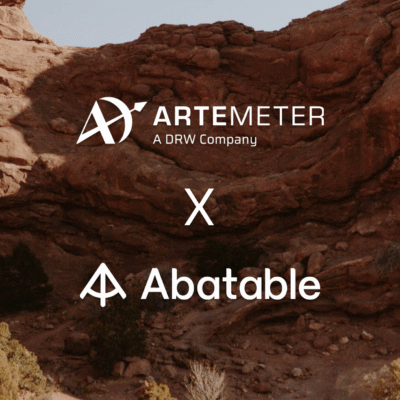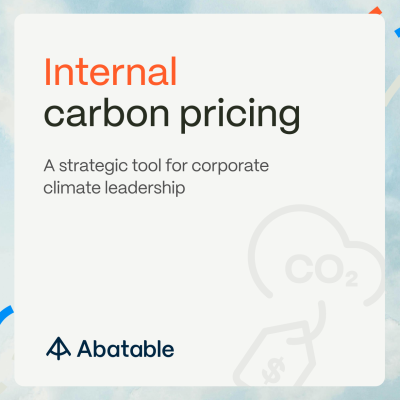In the first and second articles of our carbon procurement series, we discussed why it’s important to build your carbon credit procurement strategy today, how to ensure your strategy is science-aligned, and how to define the scope of your procurement efforts in tonnes.
With those foundation-laying details outlined, we turn our attention to a critical part of any corporate sustainability plan – the budget. This article will break down how to determine the budget necessary to achieve your climate goals and how to get key internal stakeholders on board with the resulting expenditures.
Price takers vs price setters
Companies can choose to be ‘price takers’ or ‘price setters’. Today, most companies purchase credits annually and their offsetting budget is tied to estimates of the market price for credits, making them price takers. Given the high level of volatility with market prices, budgets could vary significantly year-on-year.
Put simply, to set an annual budget, companies can multiply the emissions in scope for procurement by the variable of their choice, with the degree of ambition varying.
A price-taker or a bottom-up approach involves aligning a company’s yearly offsetting budget to current or projected market prices of carbon credits or to carbon taxes. This approach’s ambition depends on several factors. If a company chooses to anchor their budget on carbon offset price, the ambition of the strategy will depend on which project type the anchorage is based on. For example, whether a company chooses to anchor its strategy to renewable energy projects or to engineered removals will drastically impact the ambition and integrity of the strategy. The same applies for carbon taxes, anchoring a strategy on local taxes can be a very ambitious strategy if aligned with a mechanism such as the EU ETS or of very low ambition if aligned with a carbon tax of a couple of dollars per tonne.
A top-down approach means a company decides to set a carbon price as a goal post. This approach has the benefit of pricing a company’s emissions and can drive accelerated decarbonisation in the value chain. Of course, the ambition and size of the budget depend on the price adopted. For example, when creating an internal carbon pricing, we are seeing companies adopt a range of prices, from Klarna and Swiss Re setting internal prices of carbon at $100 / tonne to Microsoft pricing its emissions at around $15 / tonne.
Bringing budget and procurement strategies together
Budget and procurement strategies may differ substantially company-by-company and can be dependent on different factors – predominantly the emissions and financial profile of a company. High-emitting and lower-margin companies are more constrained on carbon budgets relative to high-margin and lower-emitting companies. Two examples are provided to illustrate this point:
For Company A, a technology company, a carbon procurement budget based on emissions priced in line with the social cost of carbon ($190/tCO2e based on EPA) represents the most ambitious approach relative to all other options. This corresponds to an annual carbon budget of $209m, and has a limited weight on operating profits (<2%).
For Company B, a shipping company, social cost of carbon and carbon taxes ($190/tCO2e and 50/tCO2e, respectively) represent the most ambitious approaches however they are not feasible as weighting the most on operating profits. Ability to pay (1% of revenues), while resulting in a low price per tonne, yields a $100m annual carbon budget, which weighs approx. 6.7% of operating profit.
Getting internal stakeholders on board
Convincing internal stakeholders to develop a carbon strategy and set an ambitious budget can be difficult. The question often asked is “why not spend the money to internally decarbonise?” Although companies should prioritise value chain decarbonisation, supporting carbon projects is increasingly recognized as a need to tackle the financing gap we are currently facing. For companies, there are additional and clear benefits, such as pricing emissions, preparing for future carbon taxes, and securing access to carbon credits, which will be needed for future claims.
Conclusion
There is no one-size-fits-all strategy and companies will need to assess what works for them in terms of anchorage and budget for their offsetting strategy.
In future articles in this series, we’ll outline how to: choose your carbon projects, access the voluntary carbon market, build your carbon portfolio, and carry out due diligence.
Can’t wait? Grab our guide and watch our corresponding webinar on Youtube.















































































































